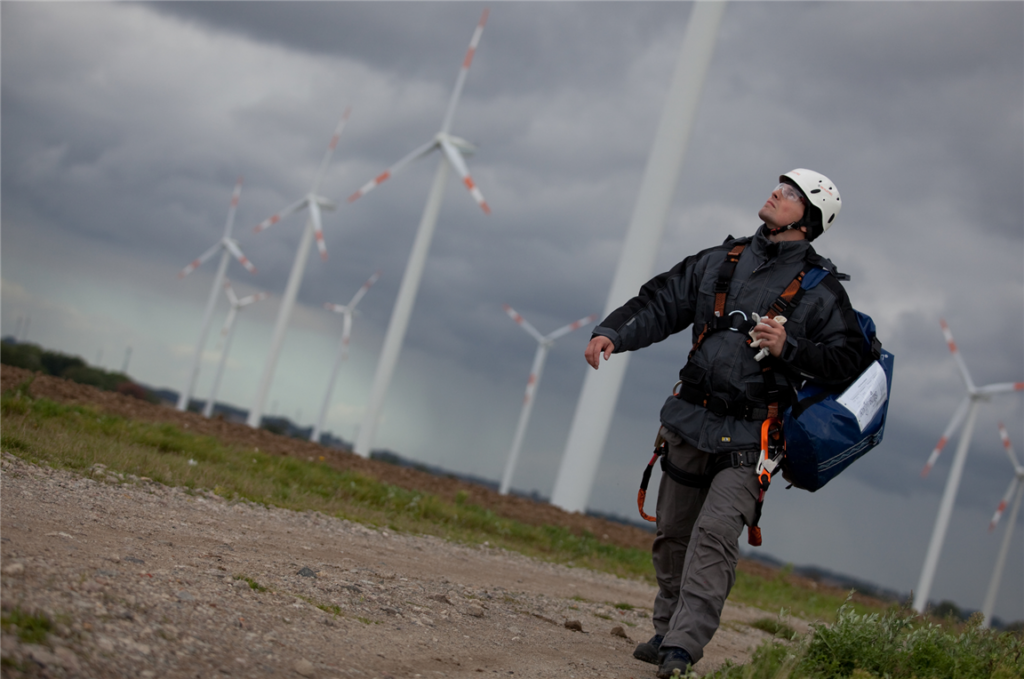Case Study: EDS HV

[Bulbthings] EDS HV is a leader in the Energy & Renewable market. Can you tell us more about your business/mission?
The Vision of the company is to create a world where every person is connected to green energy. To accomplish this vision, our mission is to be a trusted global solutions partner across the renewable asset lifecycle. Setting and delivering industry best practices, through highly skilled people and innovative technology, with safety and quality at the heart of everything we do.
In the JFR business, we specialise primarily in the Operations and Maintenance of Onshore and Offshore Electricity Transmission. Within this are different functional departments such as Strategic Spares and Equipment Storage, Terminations and Testing, Blade Repair, Operations and Maintenance on Turbines, and the JFR Academy, where we are training the next 66 to 400kV Senior Authorised Persons.
How did the need for an asset-tracking system arise?
A major functional area of our business is the Strategic Spares and Equipment Storage. We currently store over 15 million pounds of OFTO (Offshore Transmission Owner) Subsea Spares and millions of pounds worth of test equipment and tooling.
Previously, we have used Excel data sheets and other basic systems to provide reports and financial figures on not only the value of assets we own and are responsible for, but also the locations of these fixed and unfixed assets. The complexity and importance of being responsible for these assets and ensuring they are primed and prepared for any eventuality, illustrated the need for a Digitalised and High-Specification asset management and tracking system.

Digitalisation plays an important role in your company, why did you choose Bulbthings?
When evaluating the different companies that provided the asset management and tracking products and services, it was important for us to partner with a business that perhaps shared the same values and desire for growth, that would therefore support us in establishing a new business model that would create new revenue and value-producing opportunities. We saw this in Bulbthings.
What benefits (quantitative and/or qualitative) are you getting out of it so far?
Being able to visualise the hierarchy of how our assets are stored from parent asset to child asset, and the tracking of movements of those assets from warehouse to site and vice versa. The ability to track assets in and out of storage contributes enormously to saving the company financially thousands, as well as promoting efficiency.
The reporting function is incredibly advantageous, providing accurate and precise financial data on costs, utilisation and revenues. This reporting also provided real-time and accurate data on the utilisation of equipment and tooling across the different business areas and the associated costs.
Are there any preferred features or user tips you’d like to share with our community?
Our business can be incredibly complex as I am sure other companies are as well. The complexity of how assets are layered and moved around the world is something that Bulbthings illustrates quite well. Being able to utilise the booking function really demonstrates a control on assets and ensuring hiring costs or purchasing costs are at a minimum is something we prefer, as would any business. Another feature we like is the people aspect of the product. Being able to assign assets to those people to ensure a level of responsibility is important, as well as being able to upload certificates or other documents that are required. This really is a useful multi-function product that has some good customisation opportunities.
